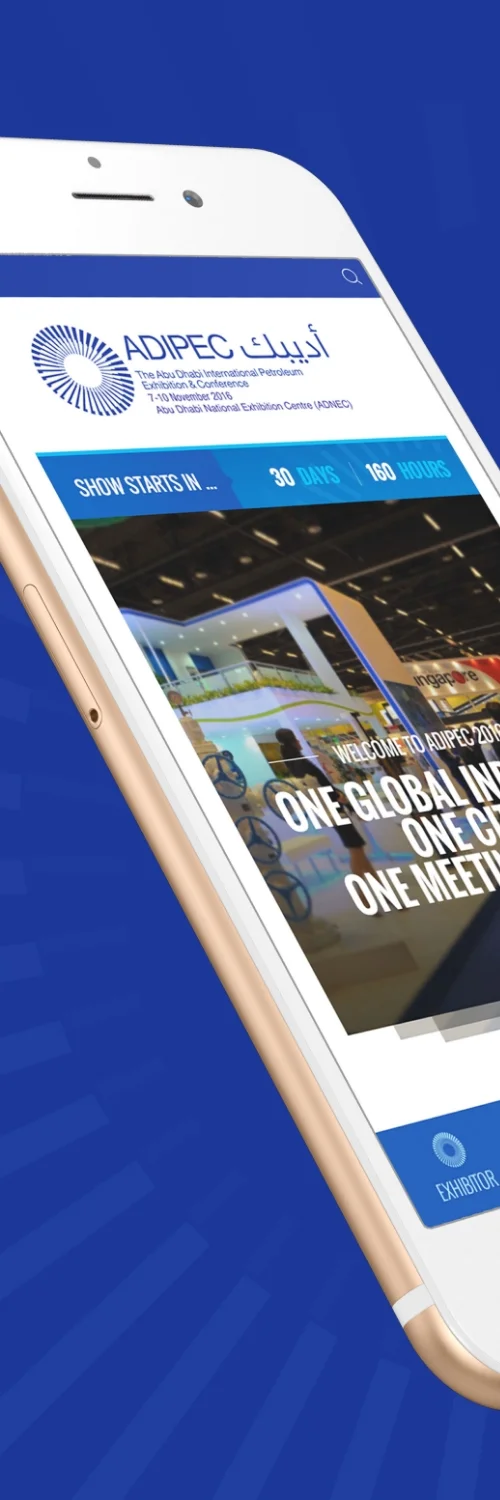Make Your Product Launch Unforgettable
From go-to-market strategies to multi-channel activation, we position your product for success. Let’s craft a launch that drives demand.

We blend strategy, storytelling, and multi-channel marketing to build anticipation, maximize engagement, and drive conversions. From crafting the right positioning to executing pre-launch buzz and launch-day activations, we create high-impact product launches that deliver results.





From idea to impact, we design product launches that create buzz, engage audiences, and drive conversions.

A structured, data-driven roadmap that aligns product positioning, audience insights, and marketing execution for a seamless market entry.

Strategic teaser campaigns designed to generate excitement, capture early interest, and prime your audience before launch day.

A high-impact, multi-channel campaign that turns launch-day excitement into sustained momentum, conversions, and long-term brand loyalty.
A great product deserves a great launch. We ensure your offering commands attention, sparks demand, and builds lasting customer relationships.
We analyze market trends, competition, and audience behavior to create a comprehensive Go-To-Market strategy. From pricing and distribution to messaging and engagement, we ensure every aspect aligns with business objectives and market demand.
Identifying opportunities, demand, and competitive landscape.
Defining ideal buyers and crafting tailored messaging.
Establishing unique value propositions that set your product apart.
Defining key milestones and execution timelines.

We create pre-launch campaigns that tease, intrigue, and build anticipation. By engaging your audience early, we ensure that when launch day arrives, they’re already eager to buy.
Drumming up curiosity through engaging narratives.
Leveraging credibility and reach for amplified buzz.
Building an interested audience before launch day.
Timed content releases to maintain excitement.

We craft powerful, results-driven launch campaigns that create impact from day one. By activating key channels, engaging customers, and driving conversion-focused messaging, we ensure your product makes a splash that lasts.
Coordinated efforts across digital, social, email, and offline.
Creating memorable experiences for maximum impact.
Turning customers into advocates through interactive campaigns.
Keeping engagement high and reducing drop-offs.

Your product deserves a strategic, high-impact launch. Let’s make it happen and turn anticipation into sales and curiosity into customer loyalty.

We blend market research, competitive analysis, and creative storytelling to craft product launches that captivate and convert.
From digital campaigns to influencer collaborations, we activate the right channels to maximize reach and engagement.
With successful launches across industries, we understand what works and how to make your product stand out.
Every decision is backed by data, ensuring campaigns are optimized for real impact and measurable results.
We continuously refine strategies based on real-time insights, ensuring ongoing performance and growth.

From go-to-market strategies to multi-channel activation, we position your product for success. Let’s craft a launch that drives demand.
Centric offers a suite of services designed to meet your unique business needs. From content creation to performance marketing, we deliver strategies that drive measurable growth.
No matter your sector, Centric delivers custom marketing strategies designed to meet your unique challenges and goals.

What is a Creative Agency? Discover how creative agencies drive digital success by offering innovative solutions in branding, design, and marketing strategies to help businesses thrive online

Unlock actionable marketing insights from OTC 2025, empowering oil & gas leaders to optimize brand strategy, stakeholder engagement, and drive growth
Centric’s Product Launch Services encompass all stages of bringing a product to market. From Pre-Launch Planning to post-launch marketing, we help businesses execute a seamless, strategic product launch that drives market awareness and sales.
As a leading Product Launch Agency, Centric offers a spectrum of product launch services tailored to your business's needs. With years of experience and a team of product marketing experts, we ensure your product is positioned for success in any market.
Our Product Launch Consulting Services help businesses like yours manage every phase of the product launch, from ideation and strategy to execution. Centric ensures that every detail is carefully handled to maximize your product's market impact.
Centric’s New Product Launch Services are designed for industries such as technology, healthcare, manufacturing, and consumer goods. Whether you're launching a new tech product or a medical device, we tailor our services to meet the specific demands of your sector.
Pre-Launch Planning is crucial for a successful market entry. Centric helps define your target audience, develop messaging strategies, and conduct market research, ensuring that your product is ready for launch and primed for success.
Centric’s strategic Product Launch Services focus on aligning your product with the right audience. We work closely with your team to develop a customized strategy that leverages our expertise in product marketing to drive measurable business growth.
Yes! As a Product Launch Marketing Agency, Centric provides comprehensive digital marketing services, including social media campaigns, SEO, and online ads, ensuring that your product gains maximum visibility and engagement with your target market.
Centric’s Product Marketing Agency services provide a holistic approach to launching your product. From branding and content creation to digital advertising and influencer outreach, we ensure a cohesive and effective market entry.
Post-launch support is essential for long-term success. Centric’s Product Launch Consulting Services include performance tracking, market analysis, and continuous strategy adjustments, ensuring your product remains competitive and successful after its release.
As a Product Marketing Contractor, Centric provides specialized, flexible support for businesses that need targeted assistance with aspects of their product launch, such as digital marketing or content creation, without requiring a full-service engagement.

Spanning 8 cities worldwide and with partners in 100 more, we're your local yet global agency.
Fancy a coffee, virtual or physical? It's on us – let's connect!






Spanning 8 cities worldwide and with partners in 100 more, we're your local yet global agency.
Fancy a coffee, virtual or physical? It's on us – let's connect!